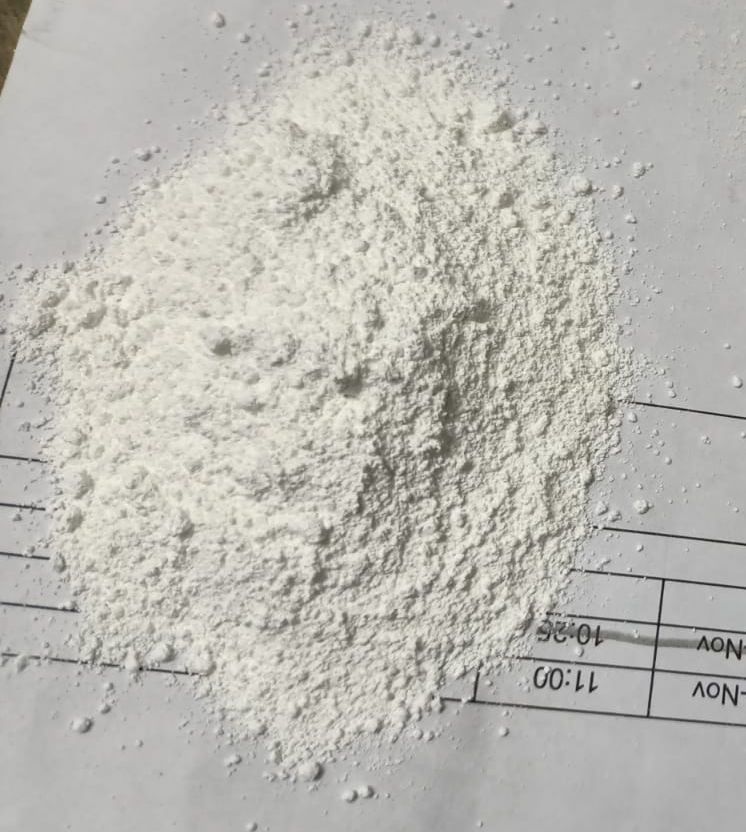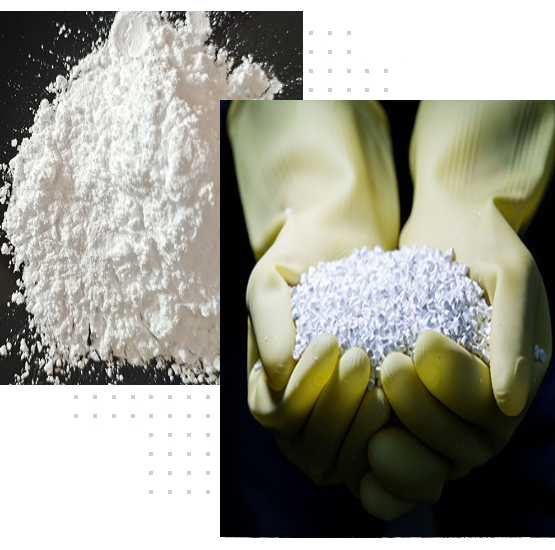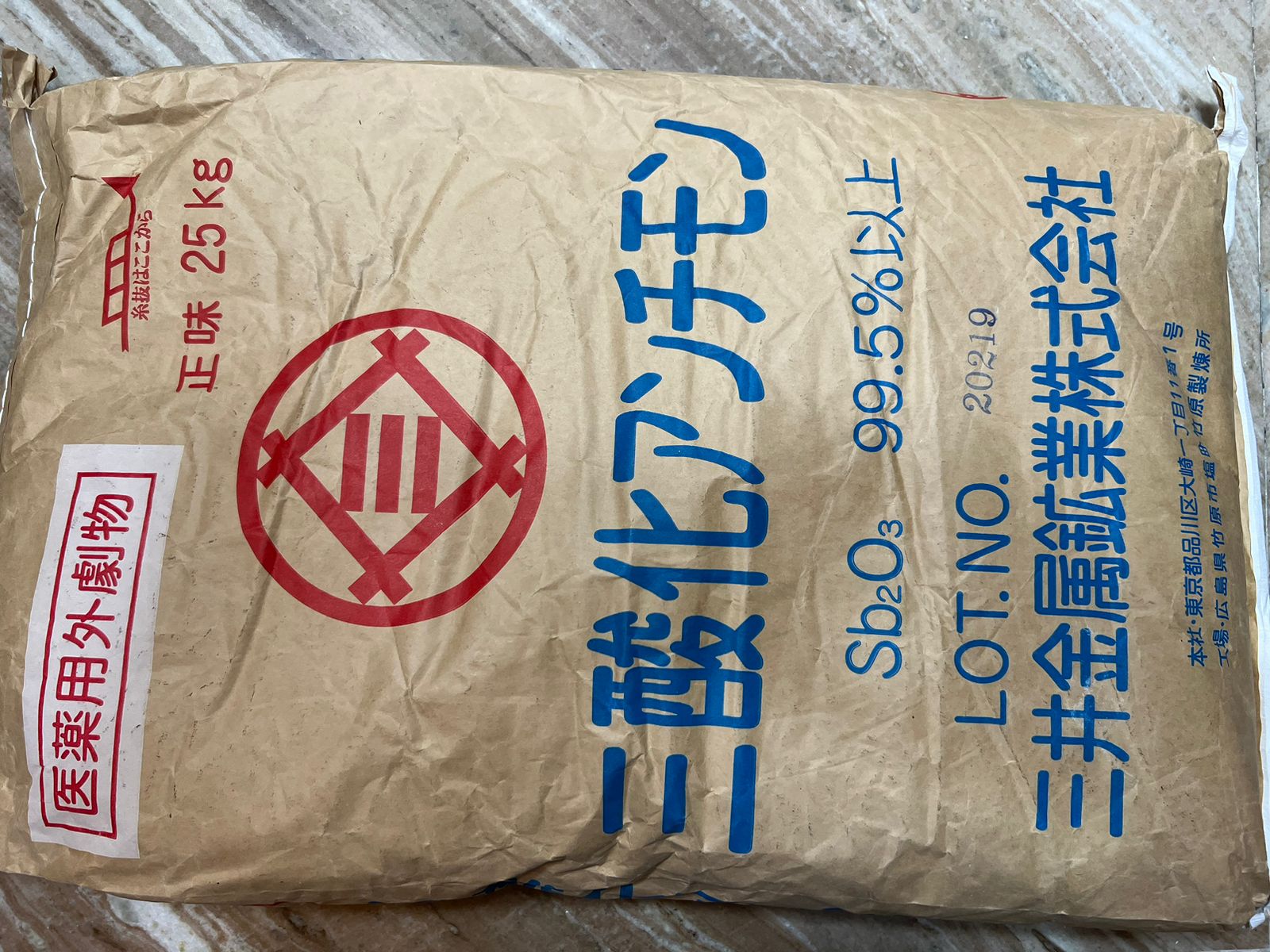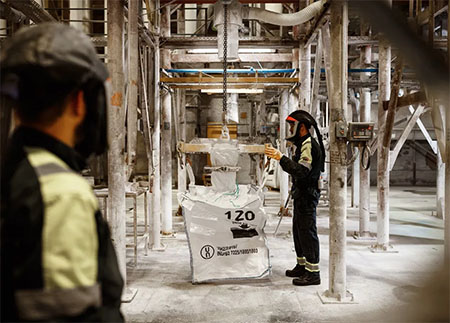Antimony trioxide Metal
HPG Metal - Importer and Exporter of Antimony trioxide metal in India. HPG Metals has made a name for itself in the list of top suppliers of Antimony trioxide Metal in India. We offer a complete choice of products and a wide range of Antimony trioxide metal in various forms such as Antimony trioxide metal powder & more of high purity.
We offer other metal products also: Selenium, Cadmium, Arsenic, Antimony trioxide, Tin ingots, Manganese Metal, Cobalt Powder, Antimony Ingot, Tellurium, Bismuth Trioxide, Fluorspar, Low Carbon Ferro Chrome, Ferro Molybdenum, Ferro Phosphorous, Ferro Silicon, Ferro Silicon Magnesium, Ferro Niobium, Ferro Titanium, Ferro Manganese


Antimony trioxide Metal
Antimony trioxide is a white, odorless, and crystalline powder that is derived from the mineral stibnite. It has a chemical formula Sb2O3 and is commonly used as a flame retardant and a pigment in plastics, textiles, and other materials. In this article, we will explore the properties, uses, and safety concerns associated with antimony trioxide.
Properties
Antimony trioxide is a stable compound that has a melting point of 656 掳C and a boiling point of 1425 C. It is insoluble in water but soluble in acids, and has a density of 5.2 g/cm. It is a semiconductor with a band gap of 2.7 eV and exhibits high refractive index and optical dispersion.
Antimony trioxide is produced by roasting stibnite ore, which is the primary source of antimony. The ore is heated in the presence of oxygen, which causes the antimony to oxidize to Sb2O3. The resulting product is then purified through a process of filtration, washing, and drying.
Uses of Antimony trioxide Metal
Antimony trioxide is an inorganic chemical compound mostly used as a flame retardant additive for various types of plastics, fibers, rubbers etc. It is found in nature in the form of minerals valentinite and senarmontite, and has become one of the most important commercial compounds of antimony.
Growing popularity of antimony trioxide as an ideal flame retardant additive is a major factor providing impetus to the growth of antimony trioxide market. Antimony trioxide is being extensively used as a flame retardant synergist in industries such as plastics & polymers, glass & ceramics, textiles, and electronics.
Similarly, antimony trioxide is used as an opacifying agent for glass enamels, and glasses. It also finds its application as a useful catalyst in the production of polyethylene terephthalate (PET plastic) and the vulcanization of rubber.
Antimony trioxide is widely used as a flame retardant in plastics, textiles, and other materials. It works by releasing water vapor and carbon dioxide when exposed to heat, which dilutes the concentration of oxygen and inhibits the combustion process. It is particularly effective in polyethylene, polypropylene, and polyester, which are commonly used in electronics, furniture, and construction.
Antimony trioxide is also used as a pigment in paints, ceramics, and glass. It imparts a white color and provides opacity and brightness to the material. It is often used in combination with other pigments, such as titanium dioxide, to achieve specific shades and hues.
In addition to its flame retardant and pigment properties, antimony trioxide is used in the production of catalysts, glassware, and semiconductors. It is also used as a reagent in analytical chemistry to determine the presence of certain elements, such as tin and lead.


Safety Concerns
Antimony trioxide has been classified as a possible human carcinogen by the International Agency for Research on Cancer (IARC). It is believed to cause lung cancer in humans when inhaled and has been linked to other respiratory problems such as bronchitis and chronic obstructive pulmonary disease (COPD). In addition to its health risks, antimony trioxide can also have environmental impacts. It is persistent in the environment and can bio-accumulate in plants and animals. It is also toxic to aquatic organisms and can cause harm to the ecosystem if released into the waterways. To mitigate the risks associated with antimony trioxide, several regulatory agencies have imposed restrictions on its use. For example, the European Union has restricted the use of antimony trioxide in certain consumer products, such as children's toys and clothing. In the United States, the Environmental Protection Agency (EPA) has set limits on the amount of antimony that can be released into the environment. Conclusion Antimony trioxide is a versatile compound that is widely used as a flame retardant and a pigment in various materials. It is produced by roasting stibnite ore and is characterized by its high refractive index, semiconductor properties, and stability. However, it also poses health and environmental risks, and several regulatory agencies have imposed restrictions on its use. As such, it is important to use antimony trioxide with caution and to follow proper safety protocols when handling it.
